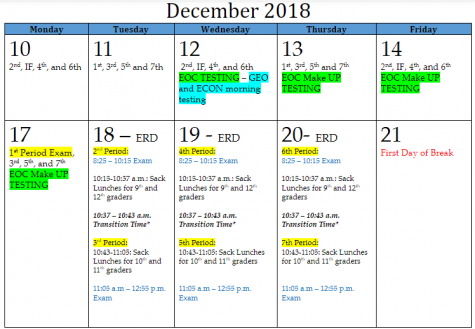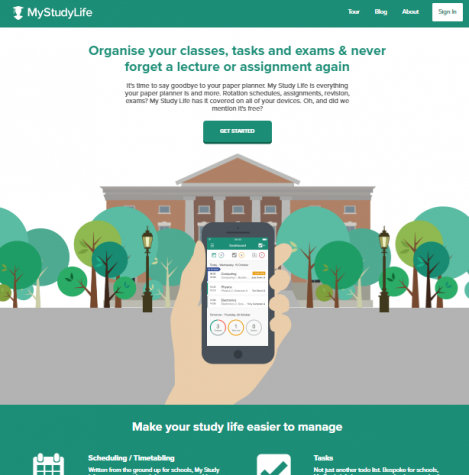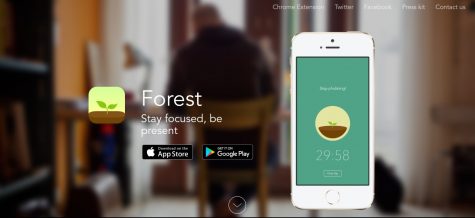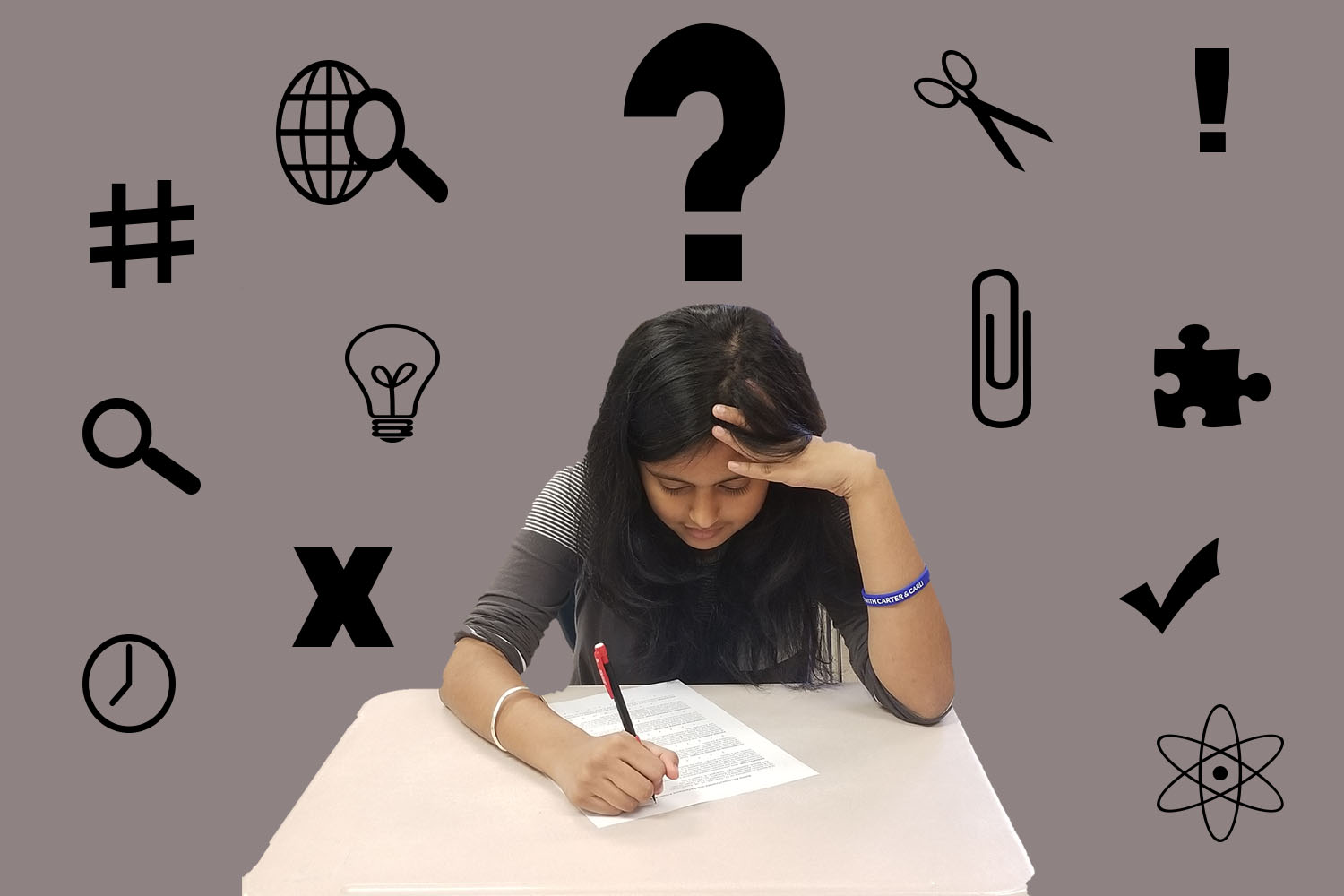Bracing for Midterms
December 3, 2018
As December rolls by, Christmas trees are going up, hot chocolate is pouring, and the sugar-plum fairies are dancing. But high-school students are doing a dance of their own; trying to juggle the stress and studying of midterms and EOCs. Unlike finals, midterms can’t be exempted for most classes, and many times, they’re double-summative grades, making a much larger impact on overall averages than the normal summative tests. Midterms are also, more often than not, the last grade that goes in before the break, which means they have a huge impact on semester report cards. In this scenario, organization is KEY. Figuring out study schedules, strengths and weaknesses, and learning techniques are essential to getting that A+ that everyone strives for. So here are a few tools, tips, and tricks to help balance out studying for midterms:
1. Scheduling studying
It can be hard to know what classes to study for when, especially with the complicated schedule. The very first thing to do is learn which midterms are scheduled for what day. These can be found on the South Forsyth Website:

Testing schedules. It is important to study for the 1st and 2nd period midterms as early as possible, as they come first. The schedules were released over months in advance, giving students plenty of time to prepare. Taken from the South Forsyth website.
It’s also essential to consider which subjects are strengths and weaknesses. Subjects that are easier for specific students should only be a brief review, while others may require days devoted to them. My Study Life is a tool that helps organize and put different subjects, tests, and assignments into a planner, and can be used to put in studying times. It even has an app and will send reminders when something is due or when more studying is required for a subject. And for those students that don’t like having their phone around while studying, a normal paper planner works just as well.

2. Go Conqr
GoConqr is a website that allows students to track their learning, make studying schedules, quizzes, and flashcards. It also has materials from thousands of teachers and students, as well as notes. It’s an essential tool for year-round learning, especially midterms.
3. Organization
When the bell rings, papers are stuffed into nearby folders without a second glance. However, even the last bit of crumpled-up notes can come in handy during midterms. So pull out those binders that remain untouched and get to work! Everyone has that “one folder” that holds a myriad of papers, from Culinary Arts to Honors Biology. The first thing to do is organize all the papers by subject. This helps cause separation between the subjects, and it’s a reminder of everything that’s been taught so far. This way, when it’s time to study for a certain subject, all the necessary papers for that class are in one pile and easily accessible. For those students that go a step further in organization, they can even sort each paper by chronological order or style (whether it’s notes, an activity, lesson, etc.). Not only does this make it easier to study later, but looking at all the old papers provides a refresher on topics that may have slipped the mind. It doesn’t just stop there, however. Organizing online files can be important too, so make sure to properly name each file so it doesn’t get lost. It’ll definitely be useful when you need to study for a cumulative test! Here’s a YouTube video on organizing digital files for studying:
4. Teachers
Believe it or not, teachers are one of the biggest resources for preparing for midterms. Schedule a time with each teacher and ask them any questions that are on your mind. Also, check your teachers’ ItsLearning and Quizlet pages; they usually have everything that’s been reviewed so far, plus additional resources. This way, you’ll know exactly what you need to go over, and you can request your teachers if there is anything extra you want them to upload. If asked correctly, these requests won’t seem pestering; they’ll show an interest and motivation. A few things you should know about each class’s midterm before taking it include: When it is, the names of all the units you need to study, how much time is going to be spent in-class reviewing, what units will be most prevalent, where information can be found, and if there are any other additional resources you can use.
5. No distractions
Constant rings, fidgeting toys, or loud noises do not make an ideal environment for studying. For instance, you say to yourself that you will only be on your phone for ten minutes. One thing led to another and by the time you look at the clock, two hours have already passed. This situation may ring a bell. Distractions are a big disadvantage when it comes to studying. Before studying, you should put your phone on silent, put away the small items that distract you, and find a subtle environment that allows you to focus. It is studied that even a 3-second interruption – like the time it takes to glance at your buzzing phone – has the power to completely derail the task you’re working on and makes you more likely to mess up. Whether that means listening to music, turning off the internet, or studying at the library, find a place where the distractions are shut down. If you feel like getting distracted, take a deep breath, and refocus your mind on what you were doing.
The app Forest: Stay Focused is an app students can use to stay off their phone during study time. The app enables you to “start growing a tree,” which means you can set a time that the app will disable your phone. Until the tree fully grows, you can’t leave the app to go on social media, otherwise the tree will die. You can still enable some apps like dictionary and calculator that help with studying, but distractions are kept off. Each virtual tree you plant also helps a real tree get planted, so you’re helping yourself and the Earth.

6. Eating brain foods
When studying for a midterm, all that comes to your mind is more and more information you need to remember. However, a key aspect of retaining the information to test is eating the right foods. Varsity Tutors suggests, from a number of studies, that eating healthy, brain food links students to achieve better on tests and assessments. This is because the way you eat affects your health, which in the end affects the mental, physical, and emotional state of a person. If you are eating foods filled with fats, you are not giving your body a healthy consumption of foods. Eating healthy is a huge aspect of maintaining your health. Especially during midterm week, getting sick is the last thing a student would want on their shoulders. Additionally, it is discovered that nutrition affects the brain’s function in teens. The more unhealthy you eat before a big test, the more your brain is not going to work the way it is supposed to. However, don’t take up all the time in preparing healthy foods, find something that is quick and easy! Some examples of healthy foods a student should eat before his or her midterms include: Proteins, whole grains, fruits, and vegetables
For more items that help students during exams, visit the link here
7. The right tools
Education and technology today have given students a variety of ways to prepare for exams. Different learning styles include visual, auditory, or kinesthetic, so students can find what suit them the best. From online quizzes and flashcards to handwritten notes and worksheets, there are many resources that allow you to find a way to review your notes. If there is more than one learning style that you enjoy, mix it up. From forming study groups with friends, going over powerpoints, or watching videos, there is a variety of resources available. A great website, Quizlet, allows students to create flashcards, quizzes, and diagrams to study for his or her tests.
“Flashcards, tests, learning, and matching,” says senior Anthony Downing. “Those activities help me learn vocab and terms for an upcoming test or quiz.”

All the tools. Quizlet is a fun and easy way to review information by playing games, reviewing flash cards, or even studying diagrams and is available on computers, tablets, and phones. Quizlet live was made in collaboration with Quizlet and allows for students to review information with his or her friends. Screenshot from https://quizlet.com/330205398/cell-parts-quiz-flash-cards/
8. Study breaks
Cramming the night before is not the solution to studying. Despite the fact that some high school students might be stressed and review a lot of information in one sitting, it is not healthy. Taking study breaks is essential to successfully accomplish the goal of reviewing information. A break could be in any form, any time, or any place, but it is not healthy to continuously study without pausing for a second or two. Oxford Learning suggests that breaks in studying can increase attention span, help retain information, and lower the amount of stress flowing in students during exams. Whether breaks are long or short, you can take breaks by doing something you enjoy like meditating, relaxing for a bit, eating a snack, or anything that relaxes the mind and doesn’t involve staring at a screen.
“Taking breaks when studying helps me to work better and more effectively,” said freshman Shivani Murugapiran. “Breaks keep me from getting overwhelmed and losing focus and it’s a re-energizing portion of studying. It also helps students to be mindful of our objectives; for, after breaks, we tend to power through and reevaluate our goal.”
9. The right motivation leads to the right grade
Believing in the fact that you will succeed is the key to acing the upcoming midterms. Going into a test thinking “I will fail”, “I just want to get it over with”, or “it is just one more grade in the book” will not result in a good grade. You should reflect on the midterms positively, thinking that it is another test that will be done well. There is no point in doing something that has no purpose in your life. Below is a motivational speech based on the fact that studying is a pathway to help you accomplish your dreams.
10. A good night’s sleep
As cheesy as it sounds, getting a good nights sleep is essential to doing well. The Crimson recommends getting a good nights’ sleep before the test for optimal performance. They claim that getting the recommended seven to eight hours of sleep the night before can optimize alertness on the test. Cramming, on the other hand, will cause you to lose even the things you did remember.
